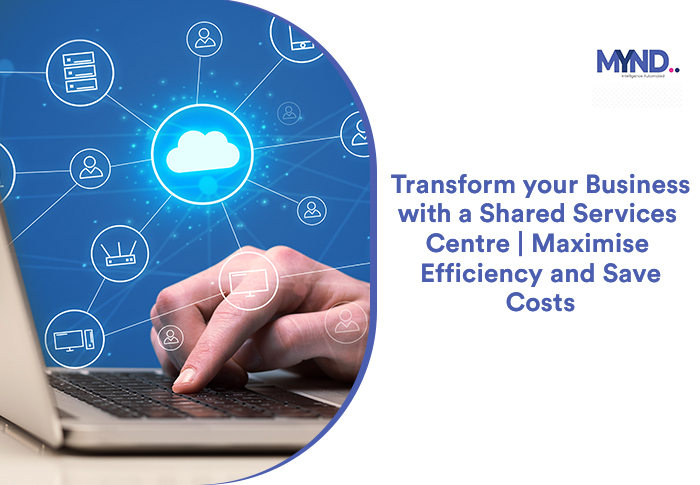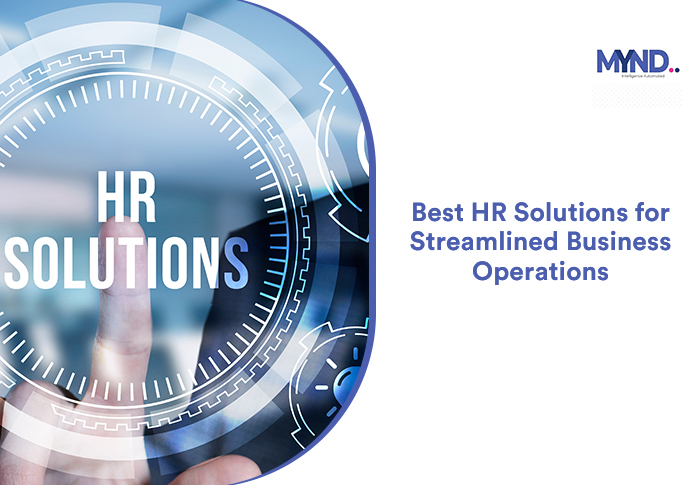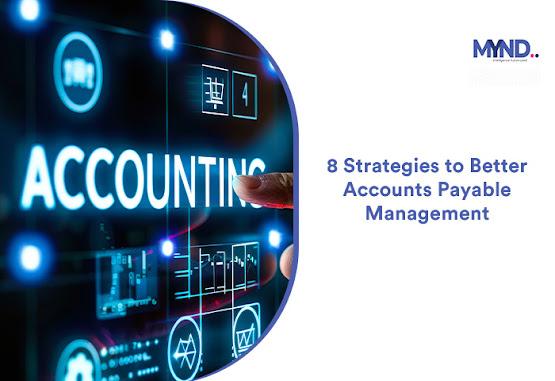The Ultimate Guide to Choosing the Best Software for Fixed Asset Management
 |
| The Ultimate Guide to Choosing the Best Software for Fixed Asset Management |
This
ultimate guide will help you choose the best software
for fixed asset management.
Benefits of this Fixed
Asset Management Software
Before
you understand how to find this software, it is essential that you know why you
need it. Below are the benefits that will tell you why:
Increased Accuracy: It lowers mistakes
by automating computations and data entry. This will guarantee that companies'
fixed asset records are accurate.
Enhanced Productivity: Automation and
streamlined processes free up critical employee time for other
business-critical strategic projects.
Enhanced Visibility: A centralised
platform for managing all asset data is provided via software.
Owners will have a comprehensive view of
their fixed asset portfolio.
Optimised Asset Usage: Business owners
can detect underutilised assets and maximise their utilisation by monitoring
asset usage and location.
Assistance with a Fixed Asset Audit: A fixed asset audit involves assessing
each item's monetary value and double-checking that it is still owned by the
company. Employers and workers might both feel relieved when the procedure is
streamlined by this software.
Understanding Your Asset
Management Needs
The
best way to start your search is to understand your asset management needs.
Asset Types: Determine the variety of
assets (machines, automobiles, structures, IT assets, etc.) that you might
have.
Asset Volume: Ascertain the total number
of assets you have and plan to acquire.
Sector-Specific Requirements: Think
about any particular asset management difficulties your sector can face.
Requirements for Compliance: Recognise
the legal requirements for asset reporting and monitoring.
Key Features to Look for
in the Software
Another
step before giving fixed asset
register software a thought would be to understand the key features of
this software.
Records Every Asset
With asset IDs, barcodes, and other tracking
information, fixed asset management software offers a precise record of all the
company's fixed assets in a single register.
Traces of Significant Transactions and Events Asset Life Cycle
Software
It is used for managing fixed assets and keeps track of every
asset's details during the course of its life, including the asset's
acquisition date, initial purchase price, installation and shipping expenses,
date of first use, anticipated useful life, and actual and expected maintenance
and repair expenditures.
Depreciation is calculated automatically
Over the course of the asset's anticipated
lifetime, depreciation should be automatically calculated by fixed asset
management software. It needs to provide businesses with the flexibility to
select the best depreciation schedule and technique (monthly or annual).
Monitors the disposition of assets
Dates and the disposal of each asset are tracked by
fixed asset management software. It records information such as whether the
item was discarded or sold, and it also records any earnings made from the
disposal.
Reports and dashboards
Software for fixed asset management offers
customisable management reports together with dashboards for tracking important
parameters.
Factors to consider
Other
than these features, there are other factors that you need to consider before
using the fixed asset management software:
- Asset Monitoring
Verify that the tracking software has asset lifecycle management, location tracking, check-in/check-out capabilities, etc. - Flexibility
The software must expand with the company. You need to make sure you are well-prepared to handle future growth and a rise in the number of assets. - User-Friendly
If it's difficult to use, even the best software is useless. Think about this feature before selecting software. By doing this, training costs may be significantly reduced. - Reputation
Kindly look into the legitimacy
and client testimonials of the software-provider company.
5. Cost-Benefit Analysis
Compare the anticipated return
on investment with the software's price model.
Overcoming Hurdles:
Implementing a Successful Fixed Asset Management System
Despite
all its features and benefits, you need to know there are going to be hurdles
while using this software. Below are the solutions to deal with them:
●
Data Migration: Accurately transferring
current asset data might be challenging. Together with the software provider,
create a detailed migration strategy.
●
User Adoption: Promote user acceptance
through benefit clarification, change management, and training.
●
Data Accuracy: To ensure data integrity,
put in place periodic audits and data validation guidelines.
All
of this information will help you choose the ideal fixed asset management
software.
Mynd
Integrated Solutions is considered to be the best fixed asset software for management by its large number of
clients. Its fixed asset management services are curated to help clients manage
every important aspect of fixed asset management.



Comments
Post a Comment